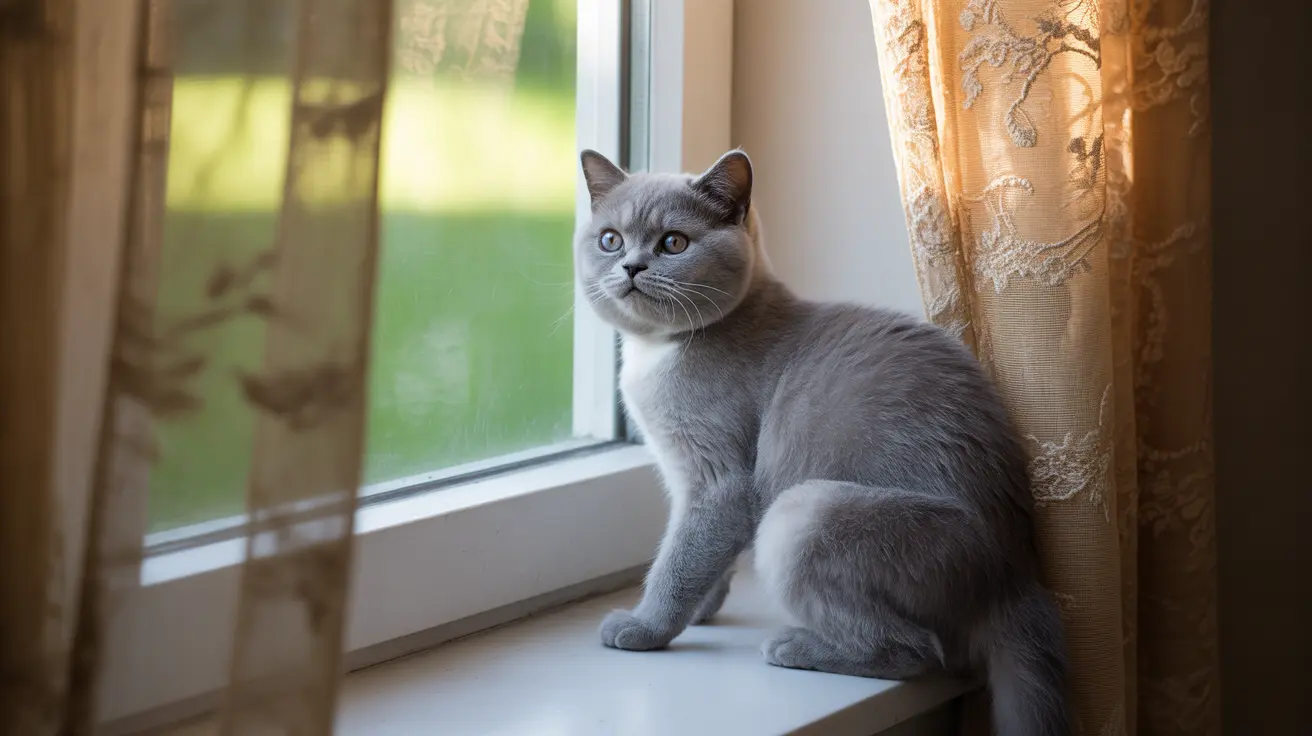If you've ever had to shave your cat for medical reasons or noticed patches of missing fur, you might wonder about the timeline for regrowth. Understanding how fast cat hair grows can help set realistic expectations and identify when slower regrowth might signal a health concern.
Cat hair growth follows a predictable pattern, though the exact timeline varies significantly based on several factors. Let's explore the science behind feline fur regrowth and what you can expect during the recovery process.
Understanding the Rate of Cat Hair Growth
On average, cat hair grows between 0.25 to 0.5 inches (0.6-1.3 cm) per month. However, this rate isn't uniform across all cats or even across different parts of the body. The growth cycle involves four distinct phases: anagen (growth), catagen (transition), telogen (resting), and exogen (shedding).
Expected Timeline for Hair Regrowth
Short-Haired Cats
Short-haired breeds typically experience the fastest regrowth, with noticeable progress within 2-3 months after shaving or hair loss. You may see initial "peach fuzz" appearing as early as two weeks after shaving.
Long-Haired Cats
Long-haired cats require significantly more time for complete coat restoration. Full regrowth usually takes 3-6 months, though some cats may need up to 18 months to regain their full, luxurious coat.
Factors Affecting Hair Growth Speed
Biological Factors
Age plays a crucial role in hair growth speed, with older cats typically experiencing slower regrowth. Breed genetics also influence the process, with some breeds naturally growing fur more quickly than others.
Health and Environmental Influences
Several factors can impact the speed of hair regrowth:
- Overall health status
- Nutritional balance
- Hormonal health
- Stress levels
- Environmental conditions
- Seasonal changes
Supporting Healthy Hair Growth
To promote optimal hair regrowth in your cat:
- Provide a balanced diet rich in essential fatty acids
- Ensure regular grooming to distribute natural oils
- Minimize stress in your cat's environment
- Maintain proper skin care
- Consider supplements if recommended by your veterinarian
When to Seek Veterinary Care
While some variation in regrowth speed is normal, certain signs warrant professional attention:
- No visible regrowth after one month
- Patchy or uneven regrowth
- Skin irritation or inflammation
- Excessive scratching or grooming
- Signs of infection or skin disease
Frequently Asked Questions
How long does it take for cat hair to grow back after shaving?
Short-haired cats typically regrow their fur within 2-3 months, while long-haired cats may take 3-6 months or longer for complete regrowth.
Why does my cat's fur grow back slower as it gets older?
Aging affects hormone levels and cellular regeneration rates, leading to slower hair growth. Additionally, older cats may have underlying health conditions that impact fur regrowth.
What factors affect the speed of cat hair regrowth?
Key factors include age, breed, overall health, nutrition, hormonal balance, stress levels, and environmental conditions.
How can I help my cat's fur grow back faster after hair loss?
Provide a nutritious diet, maintain regular grooming, reduce stress, and ensure proper veterinary care for any underlying health issues.
Why does my long-haired cat's coat take much longer to regrow than a short-haired cat's?
Long-haired cats have different genetic factors controlling hair growth and require more time to produce longer hair strands. Their hair also goes through longer growth cycles compared to short-haired breeds.
Remember that every cat is unique, and while these timelines provide general guidance, individual experiences may vary. Always consult with your veterinarian if you have concerns about your cat's hair growth or overall health.






